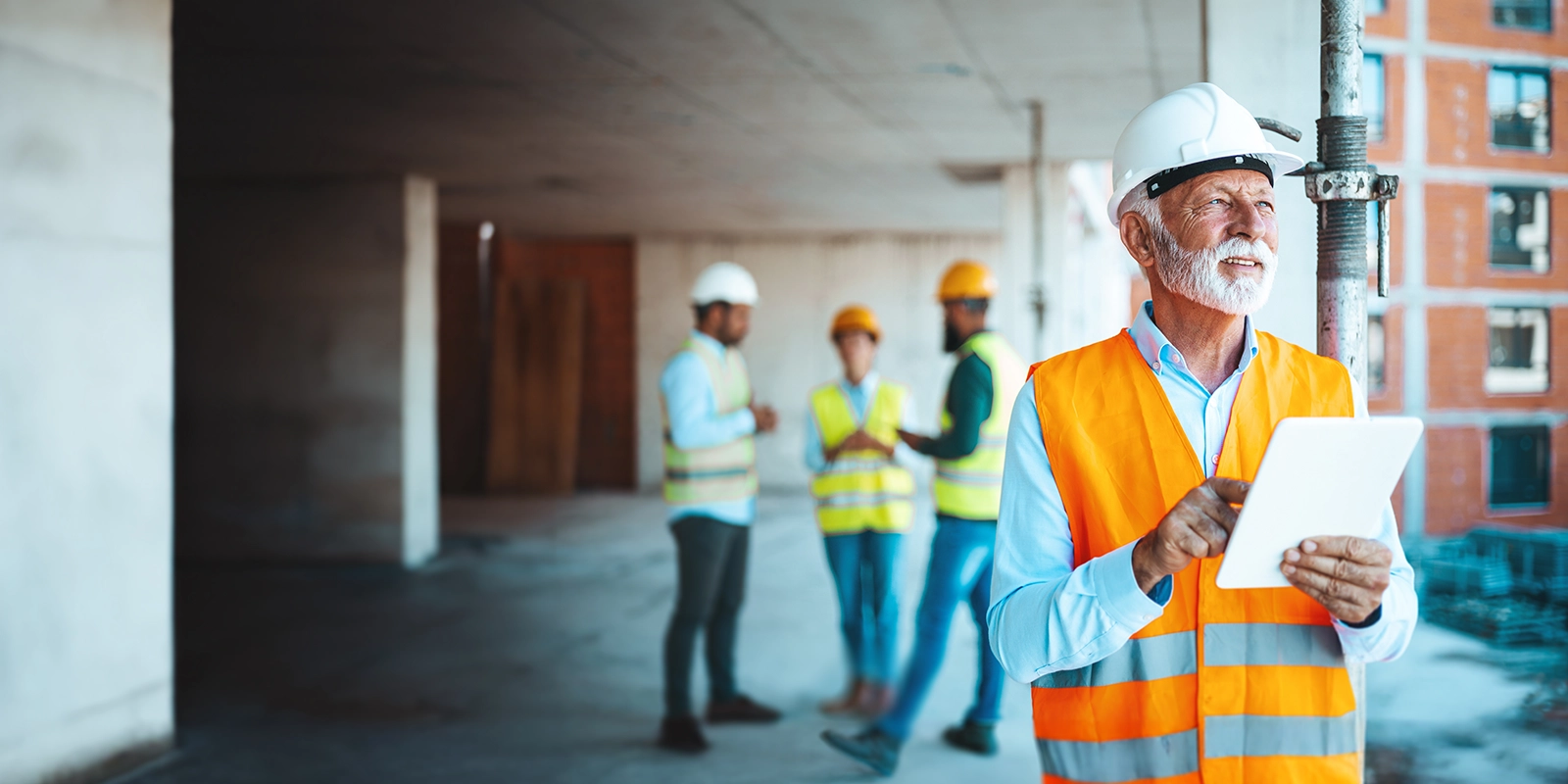The way you build your brewery has many implications for your business, ranging from financing to operations. The construction of your brewery should always be taken into account when you’re first developing your business plan.
The four most important considerations when building your brewery are the location, building façade, retail areas and the layout of the brewery.
1. Location, Location, LocationOne of the most important factors to consider when building a brewery is its location. Your ideal location will depend on your target demographic, distribution strategy and budget.
In the early days of craft brewing, many breweries were constructed in locations that offered significant savings in capital costs or rent. This meant quite a few were placed in industrial areas with little foot traffic. In those instances, that lack of pedestrian traffic was fine because the option to sell from the brewery was not available.
However, breweries now have the ability to sell direct to consumers. As a result, it is in your best interest to take a very thoughtful look at how many people will actually pop into your brewery for a visit (and ideally, a purchase). You’ll also need to have access to highways and local roads so you can easily get your beer to the next level of distribution.
2. Building FaçadeAnother critical piece of your brewery construction should include the façade. The front face of your brewery will say a lot about your brand to the consumer. The wine industry has taught us that people create emotional attachments to the places where they buy their beer and if you create an attractive exterior, you will drive traffic.
3. Tasting Rooms and Retail SpaceAll too often, the brewery is only that - a space where beer is brewed. In the modern brewing era, all brewers should consider a tasting room or retail space that is open, inviting and thoughtfully decorated. Include anything you can that will help the consumer understand how beer is made. You will need a draught beer cooler, bar and functional retail area to satisfy the demand you are about to create.
4. Brewery LayoutThe brewery itself is the cornerstone of the building. It needs to be laid out in a way that allows for materials to come in one way and beer to go out the other way. Proper flow of materials will allow for efficiency and cost savings. You need to build a large cooler where your finished product can be stored and it’s far better to overestimate on size rather than underestimate.
Also, when you are designing the plans for this building, you should think about where your brewery might be in five years. By that, I mean if you will produce 2,000 hectolitres in your first year, will the space and brewing equipment allow you to grow to 5,000 or 10,000 hectolitres? Usually, a well thought out brew house can last a long time without getting bigger, but you need space to house more fermentation and aging vessels.
Take your time when you are designing and building your brewery because it will have a huge impact on your product.




